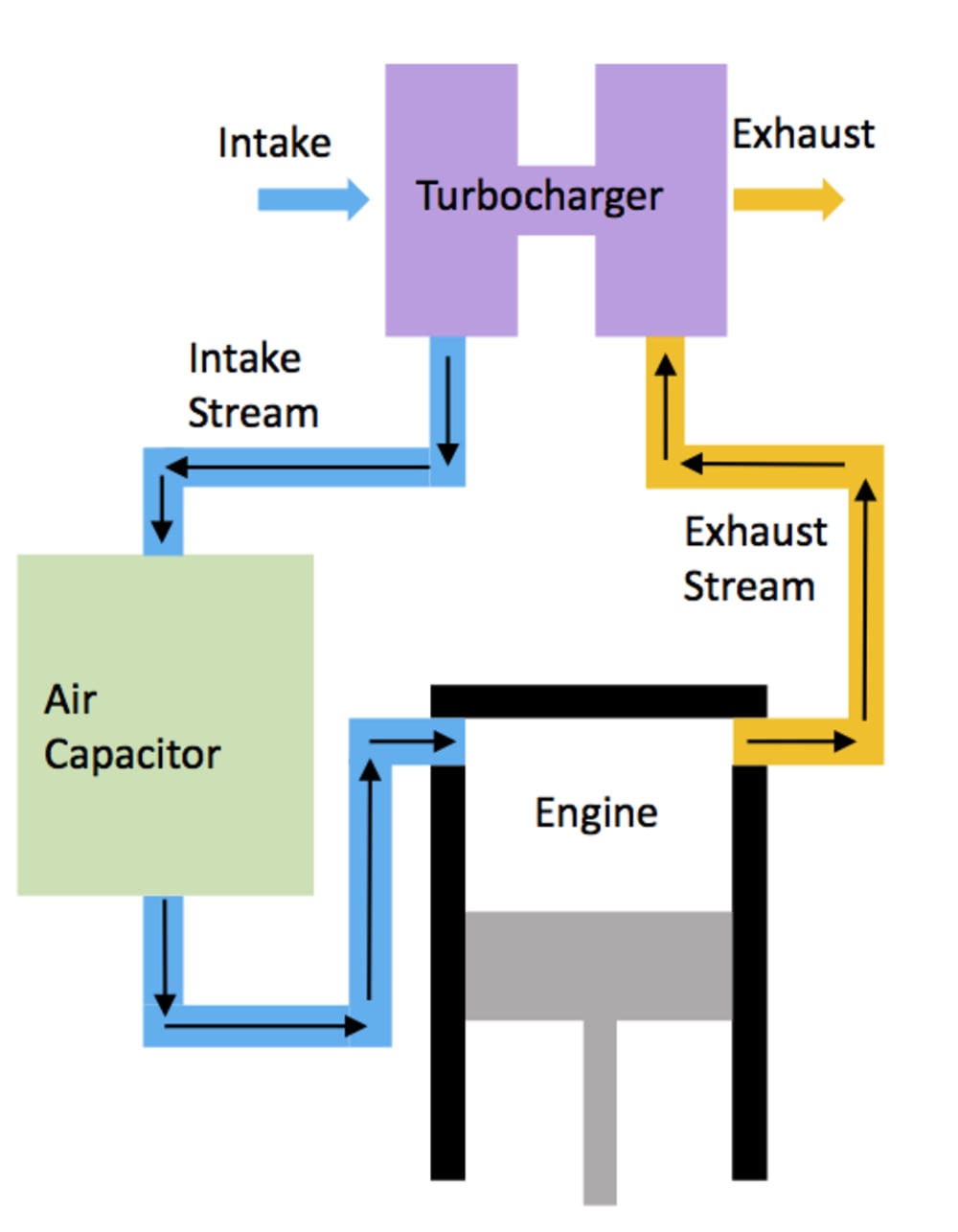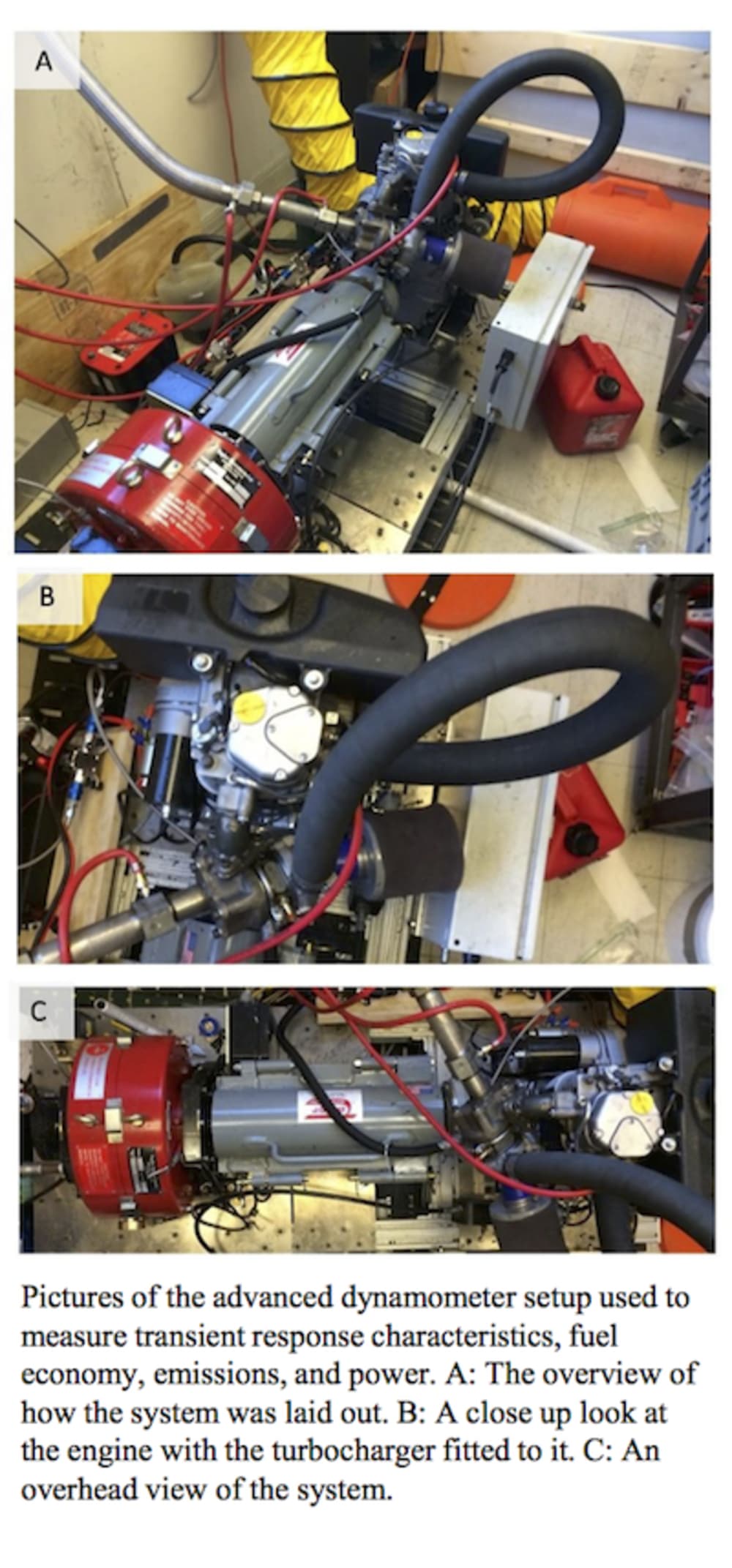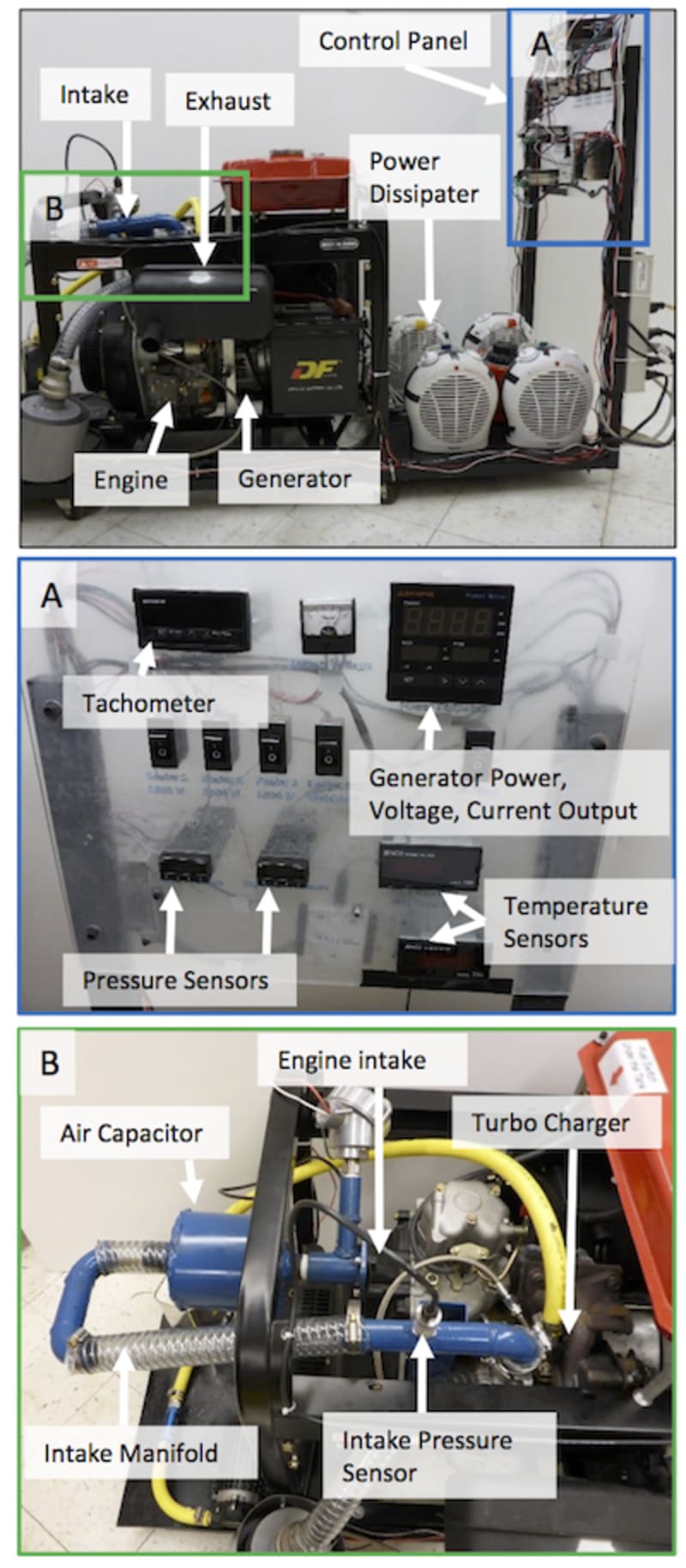
My invention is a method for turbocharging single cylinder internal combustion engines. This technology makes small engines cleaner, more powerful, lighter, more fuel efficient, and lower cost. With new emissions standards coming online, companies are having difficulties keeping the costs of their engines down. This is especially a problem for developing nations where single cylinder four stroke engines power small vehicles, farm equipment, and generators. Turbocharged engines have better fuel economy, cost efficiency, and power density than an equivalently sized, naturally aspirated engine. Most multi-cylinder diesel engines are turbocharged for these reasons. However, due to the timing mismatch between the exhaust stroke, when the turbocharger is powered, and the intake stroke, when the engine intakes air, turbocharging is not used in commercial single cylinder engines. Single cylinder engines are ubiquitous in developing world off grid power applications such as tractors, small vehicles, generators, and water pumps due to their low cost. Turbocharging these engines could give users a lower cost and more fuel-efficient engine. The proposed solution is to add an air capacitor, in the form of a large volume intake manifold, in between the turbocharger compressor and the engine intake to smooth out the flow.
The theoretical feasibility of the air capacitor was analyzed, focusing on fill time, optimal volume, density gain that the system can achieve, and thermal effects due to adiabatic compression of the intake air. Computational techniques were used to determine that the system is feasible. It was found that the system is feasible from a cost perspective, since adding a turbocharger is expected to be approximately 20% of the cost of adding a second cylinder (doubling the power). This means that even in the worst-case heat transfer scenario, turbocharging is half the cost of adding a second cylinder per unit power gained.
An initial prototype was built and an experiment was conducted where it was found that peak power output increases with manifold size, increasing by as much as twenty nine percent with the largest sized manifold (approximately seven times engine volume). This is a significant increase in power and shows that turbocharging a four-stroke, single cylinder internal combustion engine is technologically and financially feasible.
An optimization model was built using Matlab, Simulink, and Ricardo Wave (an engine modeling software). The model optimizes the air capacitor and engine parameters around fuel economy, power, emissions, and air flow using a simulated annealing optimization algorithm. From this analysis I found that I can reduce emissions by 2-5%, improve fuel economy by 3-5% and increase power by 30-35% at the same time.
Using this information, a more advanced prototype and experiment were developed. Through the experiment it was found that the air capacitor turbocharging system can improve emissions, fuel economy, power, and transient response characteristics. This project will have a real world impact; it will give farmers a tool to make them more productive, reduce emissions from small diesel engines, and lower the cost of small devices that are powered by small diesel engines.
-
Awards
-
 2017 Top 100 Entries
2017 Top 100 Entries
Like this entry?
-
About the Entrant
- Name:Michael Buchman
- Type of entry:individual
- Software used for this entry:Matlab, Simulink, and Ricardo Wave
- Patent status:patented








